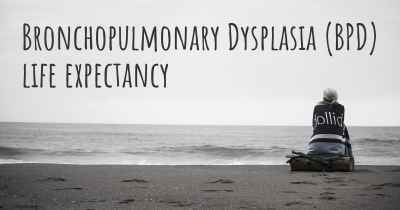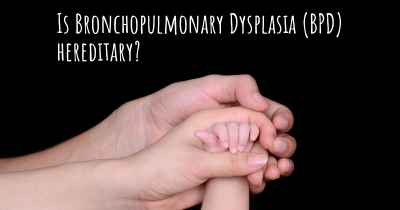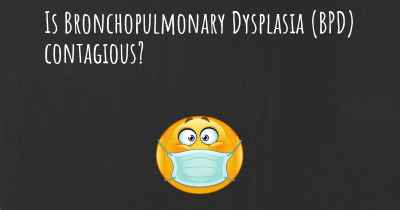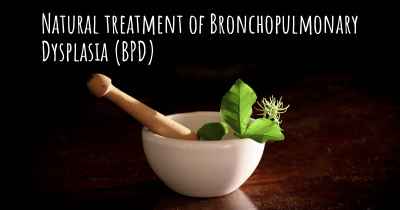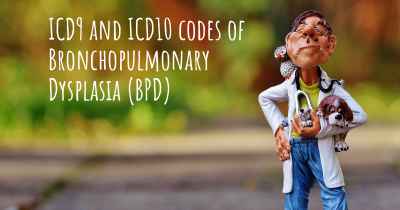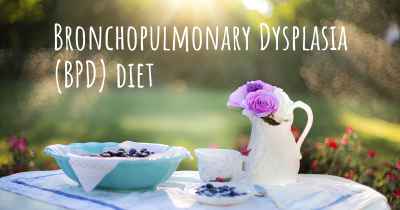What are the latest advances in Bronchopulmonary Dysplasia (BPD)?
Here you can see the latest advances and discoveries made regarding Bronchopulmonary Dysplasia (BPD).
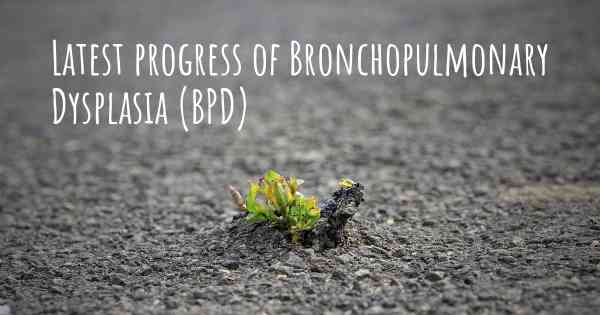
Bronchopulmonary Dysplasia (BPD) is a chronic lung disease that primarily affects premature infants who require mechanical ventilation or oxygen therapy for an extended period. It is characterized by inflammation, injury, and abnormal development of the lungs. Over the years, significant advancements have been made in understanding and managing BPD, improving the outcomes for affected infants.
1. Improved Neonatal Care
Advances in neonatal care have played a crucial role in reducing the incidence and severity of BPD. The use of antenatal steroids, surfactant replacement therapy, and gentle ventilation strategies have significantly improved lung function and reduced lung injury in premature infants. These interventions have helped prevent the development of BPD or minimize its severity.
2. Non-invasive Ventilation
Non-invasive ventilation techniques, such as nasal continuous positive airway pressure (CPAP) and high-flow nasal cannula, have gained popularity in recent years. These methods provide respiratory support without the need for intubation and mechanical ventilation. Non-invasive ventilation has shown promising results in reducing the incidence of BPD and improving respiratory outcomes in preterm infants.
3. Lung Protective Strategies
Lung protective strategies aim to minimize lung injury and promote proper lung development in premature infants. These strategies involve using lower tidal volumes, maintaining optimal positive end-expiratory pressure (PEEP), and avoiding excessive oxygen exposure. Implementing lung protective strategies has been associated with a decreased risk of BPD and improved long-term respiratory function.
4. Stem Cell Therapy
Stem cell therapy has emerged as a potential treatment for BPD. Mesenchymal stem cells (MSCs) have shown anti-inflammatory and regenerative properties, which can aid in repairing lung damage. Early studies have demonstrated the safety and efficacy of MSC therapy in reducing lung injury and improving lung function in animal models of BPD. Ongoing clinical trials are investigating the use of MSCs in human infants with BPD.
5. Nutritional Support
Nutritional support plays a vital role in the management of BPD. Adequate nutrition, including optimal protein and calorie intake, is essential for growth and lung development in premature infants. Recent research has highlighted the importance of early enteral feeding and the use of specialized formulas enriched with nutrients like omega-3 fatty acids and antioxidants. These nutritional interventions have shown potential in reducing the risk of BPD and improving neurodevelopmental outcomes.
6. Targeted Therapies
Advancements in understanding the molecular mechanisms underlying BPD have paved the way for targeted therapies. Various medications, such as caffeine, diuretics, bronchodilators, and anti-inflammatory agents, have been studied for their potential benefits in preventing or treating BPD. While some of these therapies have shown promise, further research is needed to determine their optimal use and long-term effects.
7. Follow-up and Support Programs
Recognizing the long-term impact of BPD on affected infants, there has been a growing emphasis on comprehensive follow-up and support programs. These programs aim to monitor the respiratory health, growth, and neurodevelopmental outcomes of children with BPD. Early identification of potential issues allows for timely interventions and support, improving the overall quality of life for these individuals.
In conclusion, the latest advances in Bronchopulmonary Dysplasia (BPD) encompass improved neonatal care, non-invasive ventilation techniques, lung protective strategies, stem cell therapy, nutritional support, targeted therapies, and comprehensive follow-up programs. These advancements have collectively contributed to reducing the incidence and severity of BPD, improving respiratory outcomes, and enhancing the long-term quality of life for affected infants.
